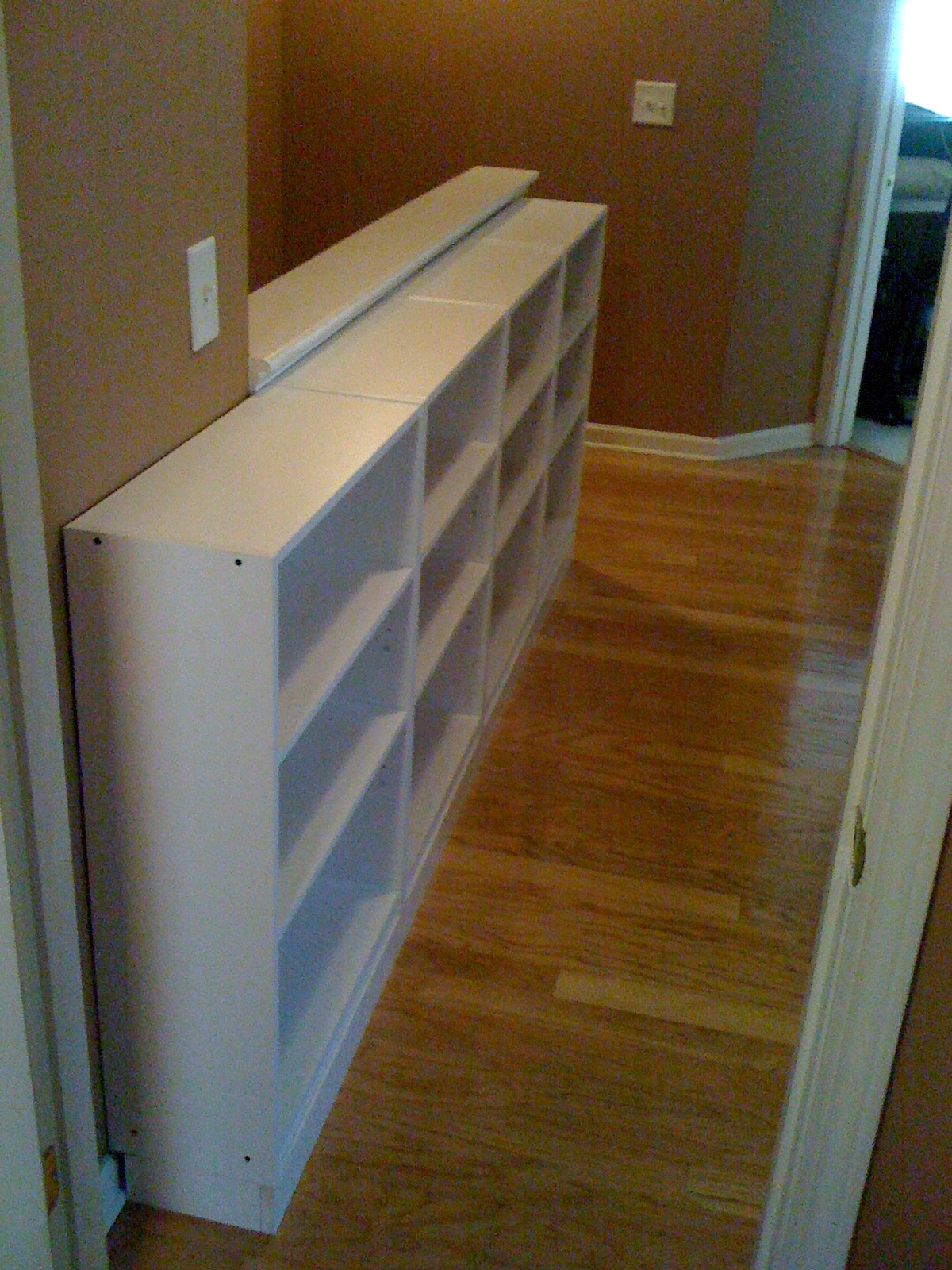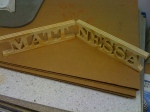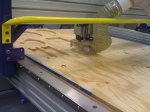I took the ShopBot CAD/CAM and SBU at the TechShop on Sunday. Here are too few pictures of the fun.
I really wanted to build a box with tabs and slots, but was rightly convinced to scale back my expectations by the instructor, Matt Santelli, president of Exhibiments. (Incidentally, his company makes the tap handles for Fullsteam. He was great!) So, I just cut out some names.
Obviously, it’s incredibly cool to cut through stuff using computers and servos to move a 1/4″ piece of sharpened metal spinning at 12000 RPM. If this is not cool to you, please step away from the blog.
But for me, beyond the obvious coolness of CNC tools and equipment, the really interesting thing is called the toolchain, or “how do I get from concept to automating stuff?” At one end of the chain is you/your idea and at the other is the CNC mill/router.
Many CNC tools use a programming language called G-code for automation. The TechShop’s ShopBot PRS Alpha 96 does, too. But raw G-code reads like assembly.
G21 G00 Z1
M03
G04 P2500
N50 G00 G90 G53 X14.326 Y22.226
N60 G43
N70 G01 Z.1 F.3
N80 X14.67 Z.082
N90 X13.083 Z-.001
N100 X14.67 Z-.084
So, we use some other tool(s) to create the G-code that runs the machines. This is the toolchain. There are a bunch of options, and almost none of them are free.
We used ShopBot’s PartWorks ($795 bundled with others) for class, which is a rebranded version of Vectric’s VCarve ($599).
Either program will import a variety of vector graphics formats. So, without any additional research, money, or effort, I can create ShopBot/G-code designs by using something like Inkscape to create drawings at home (though it lacks many CAD features). Then, import those drawings to PartWorks and generate toolpaths at the TechShop. And finally, cut on the ShopBot.
Need I say that I want to find alternatives for generating G-code?








